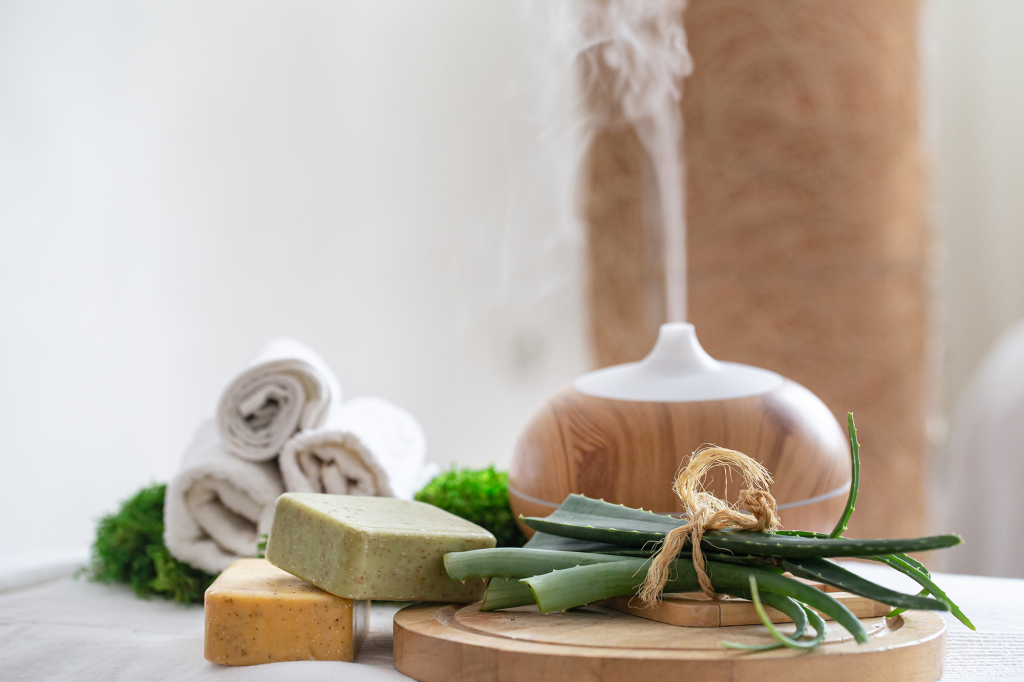Essential oil diffusers allow consumers to take advantage of the many benefits of essential oils by filling their living or working spaces with uplifting scents. Consumers just getting into aromatherapy have a few important decisions to make, but the first of them is what type of diffuser to buy. Read on to find out about the different types of diffusers for help with making an informed decision.
Cold Air Diffusers
Cold air diffusers use nebulizing technology to diffuse essential and aroma oils. This type of diffuser is the safest and cleanest way to introduce scents into the environment. It’s also more efficient than most diffuser types since it uses 100% of the oils without diluting them in solvents or applying heat. Instead, the cold air diffuser products from AromaTech use filtered air pulled from the room to diffuse fragrances into a dry micro-mist that leaves no residue.
Water Diffusers
Water diffusers consist of a basin filled with a mix of water and oils. They use ultrasonic waves to diffuse the mixture into the room, making it easy and inexpensive to scent large rooms. Unlike cold air diffusers, water diffusers also increase humidity levels in the air, which can be problematic in warm, humid areas. They also have shorter run-times than cold air diffusers and must be cleaned each time users change oils.
Electric Heat Diffusers
Electric heat diffusers heat essential and aroma oils using electricity, which spreads the scent around the room. Most electric heat diffusers are relatively small, so they need to be refilled frequently and may not provide consistent coverage in larger rooms. As with water diffusers, users must clean the basins of their electric heat diffusers each time they change oils to ensure they continue working properly.
Evaporative Diffusers
Evaporative diffusers feature fans that blow air through a filter or pad that has been coated with a few drops of essential oils. The moving air evaporates the oil and blows it around the room. The primary issue associated with evaporative diffusers is that consumers will only get the components of the oil in segments. The lighter components will evaporate first, while the heavier components will take more time to evaporate and be spread throughout the room, making it more difficult for consumers to take advantage of the therapeutic benefits of aromatherapy.
Terracotta Diffusers
Terracotta diffusers are a low-tech option that’s really only appropriate for small spaces. Consumers who use this strategy can buy decorative clay pots or bottles closed with a cork, then fill them with essential oil. The oil then permeates the clay over time, slowly releasing pleasant scents into the surrounding area. Users who opt for this approach will need to purchase separate terracotta diffusers for each scent they want to use, as they are difficult to clean. They should also note that the scent will be strongest right after the oil has been placed in the pot and should not expect lasting, strong aromas.
The Bottom Line
Choosing the right scent diffuser can be difficult. For those on a budget, it’s fine to get started with cheap products like terracotta diffusers or water diffusers, but those who want consistent, long-lasting effects will find that it’s worth the extra money to buy a cold air diffuser. This is especially true for users who need to scent large spaces.

